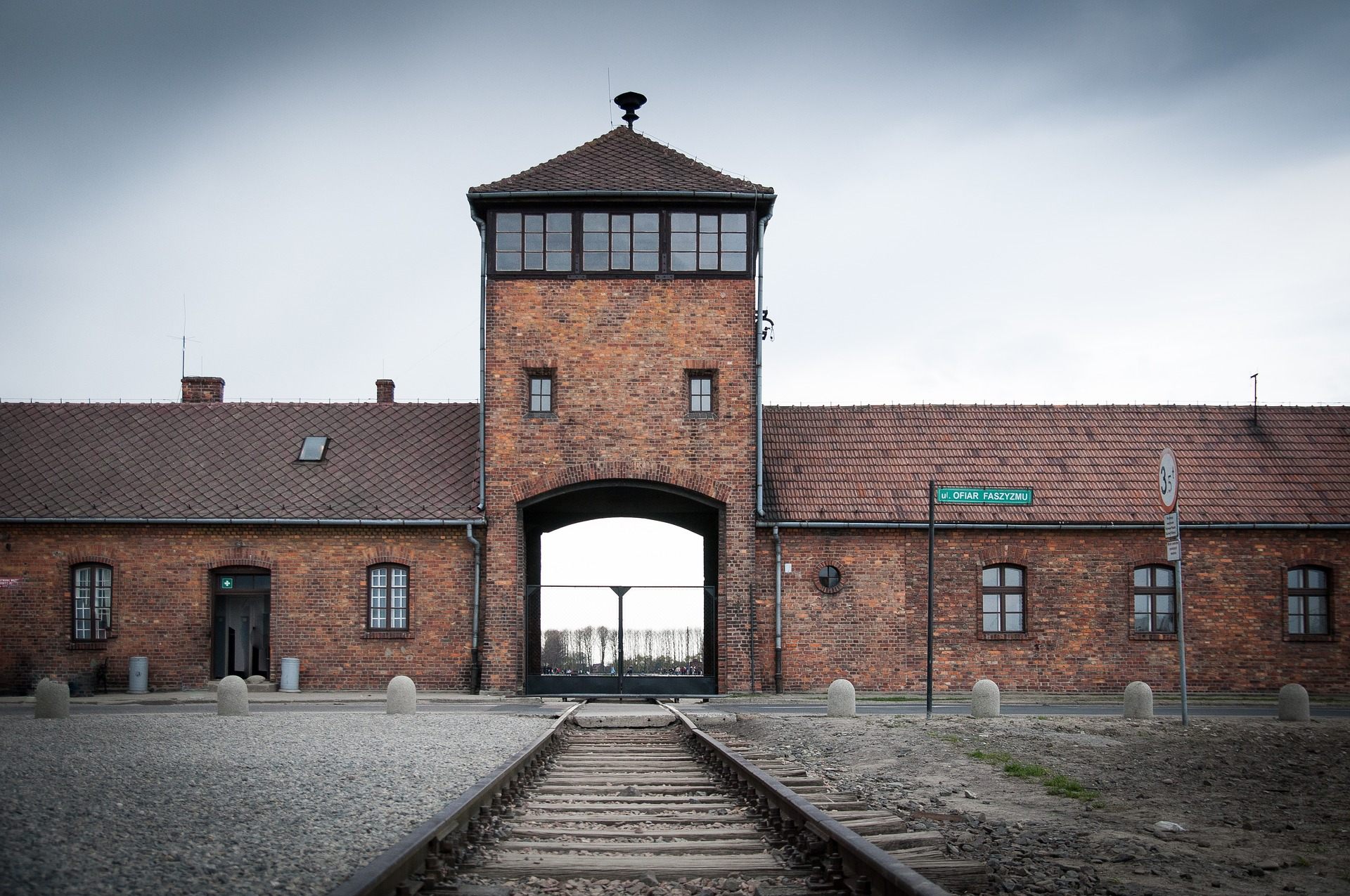Musical Arrangements Made at Auschwitz Have Been Uncovered in an Archive
Polish political prisoners played a song called “The Most Beautiful Time of Life” for the SS.

At Auschwitz, when prisoners went to work, a band played. The rhythm of the music was meant to encourage a rhythm to their labor. The musicians were prisoners themselves, and along with physical labor, they had other musical duties. They would play, sometimes, during executions or during inspections. And on Sundays the band would play for the pleasure of the SS, in front of the house of the camp commandant, Rudolf Höss.
These songs were often light fare—in 1943, for instance, the band played a popular fox trot, named, incredibly, “The Most Beautiful Time of Life.” Last summer, Patricia Hall, a professor of music theory at the University of Michigan, found the arrangement in the archive at the Auschwitz-Birkenau State Museum. And this week, an ensemble at the university will perform the piece, reviving the haunting and chilling sound of one of the Nazi’s most infamous concentration camps.
Hall has long been dedicated to archival research, and when she got wind that these arrangements might exist, she traveled to Poland to try to find them. There are few records of concentration camp bands, though many had one.
The manuscript was written out by hand, by three different musicians. This was a song about falling in love in the month of May, by a German composer, and the Auschwitz musicians created a version for the instruments they had available. This version calls for nine violins, a viola, a trombone, two clarinets, and a tuba.
Hall was able to identify two of the musicians who worked on the manuscript. They inscribed their prisoner numbers on the documents as a signature of sorts. One, Antoni Gargul, was a violinist and a Polish soldier; the other, Maksymilian Pilat, was a conservatory-trained bassoonist. Both survived the war, and Hall believes the third musician may have as well.
The bands were made up mostly of Polish musicians, held prisoner for their political beliefs; Jewish prisoners weren’t allowed in concentration camp bands—a privilege, relatively speaking—until the end of the war. Musicians at University of Michigan have also made a recording of the arrangement—“We’re hearing as close as possible how it sounded in Auschwitz in 1943,” Hall says. The music is beautiful, but disturbing to imagine as the backdrop to the daily life in Auschwitz.










Follow us on Twitter to get the latest on the world's hidden wonders.
Like us on Facebook to get the latest on the world's hidden wonders.
Follow us on Twitter Like us on Facebook